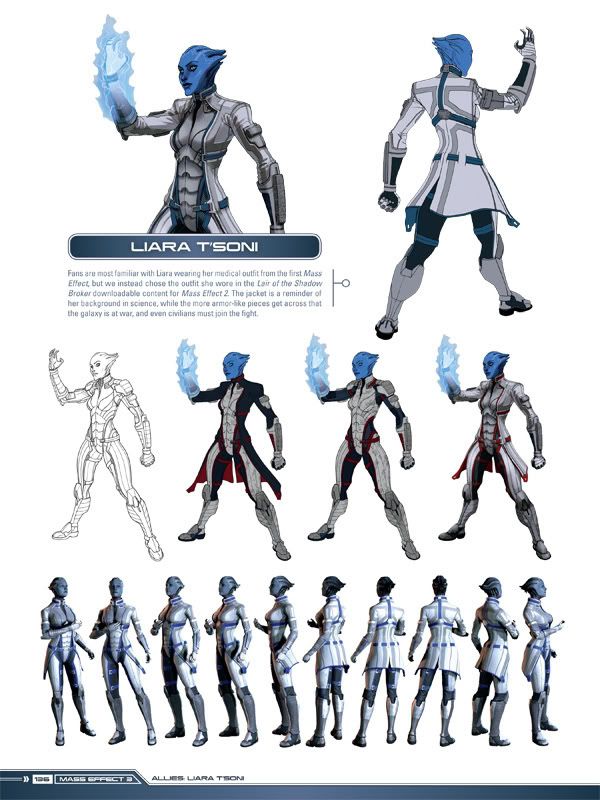Parts of story to consider;
- start - meeting + summer presentation.
- BAF
- flipbooks
- working together on horror pixilation
- movie nights as 'research'
- stress over water animations
- RUSHING for projects
- Excitement over YA project
- Half the class bowling
- Essay D;
- burning disks ;(
Do I need to make an actual story for this? Am I doing storyboards? How will this be presented?
Will each slide be a different page? will the pages correlate with what I am talking about?
Much more specific summary of things to say;
This year has definitely been an interesting one, and not necessarily what I was expecting. Though this was a course I thought about a few years ago, I came to my interview expecting to do illustration, and I came out wondering what life could be like as an animator - and worrying about the lack of knowledge I had on the subject.
Learning to animate was... alright. I enjoyed using photoshop because that was what I have been using for years, except I've never used it for animating. Pendulums and bouncing balls were easy enough; I could copy frames and reuse the same images, and I thought, y'know, I'm not that bad at it.
Than came some of the more specific briefs. 'Great!' I thought. I can design stuff, I can make a story and I can storyboard it and it will be fun! Well. I got a little too tied up with ideas I wanted that would not work, so it took me way too long to sort my idea, meaning that I had to rush my designing and storyboards. Well, there's the most fun bit ruined. Then came the animating. Ehhhh. I like Photoshop for drawing/painting, not animating, and now I'm overcomplicating things.
Lots of stress (and procrastinating with video games - that actually helped switch between working and not working much more) until I finally made it through, not having enjoyed it and forgetting completely about it afterwards. AVOID AVOID AVOID
Excitement for the next project! Drawing, drawing, drawing, drawing. For a month straight (burning through sketchbook pages) and then putting everything onto my tumblr ready for going to Kilogramme. Very nerve wracking; called Cara up like "there's loads of buttons to press I DON'T KNOW WHAT TO DO AHHHHHHH" and then getting a very nice studio visit with lots of excitement, and plans to do stuff over the summer.
Felt more organised after that and less in a vacuum of just work - feel more like there's actually some sort of professional world out there that I'm slowly becoming a part of instead of just school. Started updating art blog more often and feeling more and more inspired.
Then so much organising files for
CoP and VisLang; regretting not being more organised and doing blog posts earlier. Eyes start burning from that much blogging but inspired as I keep writing more for the essay. Finally hand in, and need a nice long break. More Xbox. More and more Xbox. Drawing! Very silly drawing! Start enjoying myself and using things from the designs that I've learned from char design from Animation Skills to do lots of drawings (Single Ladies!)
Start enjoying myself much more when start working on the next project more, and then start getting bored with it when the idea of more design/pre-production comes along. Begin being very impatient and putting off animating to be able to do the part of animating that I love.
Constantly looking at Cintiqs again, and then being sad.
-
Didn't like storyboards as much as I thought at first, slowly started liking them.
Effort animating, don't love it too much.
LOVE the vis dev part, think that's pretty much what I want to do. Gain confidence in drawing from it, along with Kilogramme visit.
now can not stop drawing.
Don't mind animating a little bit but then get bored with it when the idea of a new visdev part of a project comes up.
Time management isn't great for any less vis-devvy projects.
Get distracted from priorities when the opportunity of visdev comes up.
Excited for future, confidence gained and lots more experiments with gestures (more extreme! Has made work better) and get much more work done in smaller deadlines.





















































